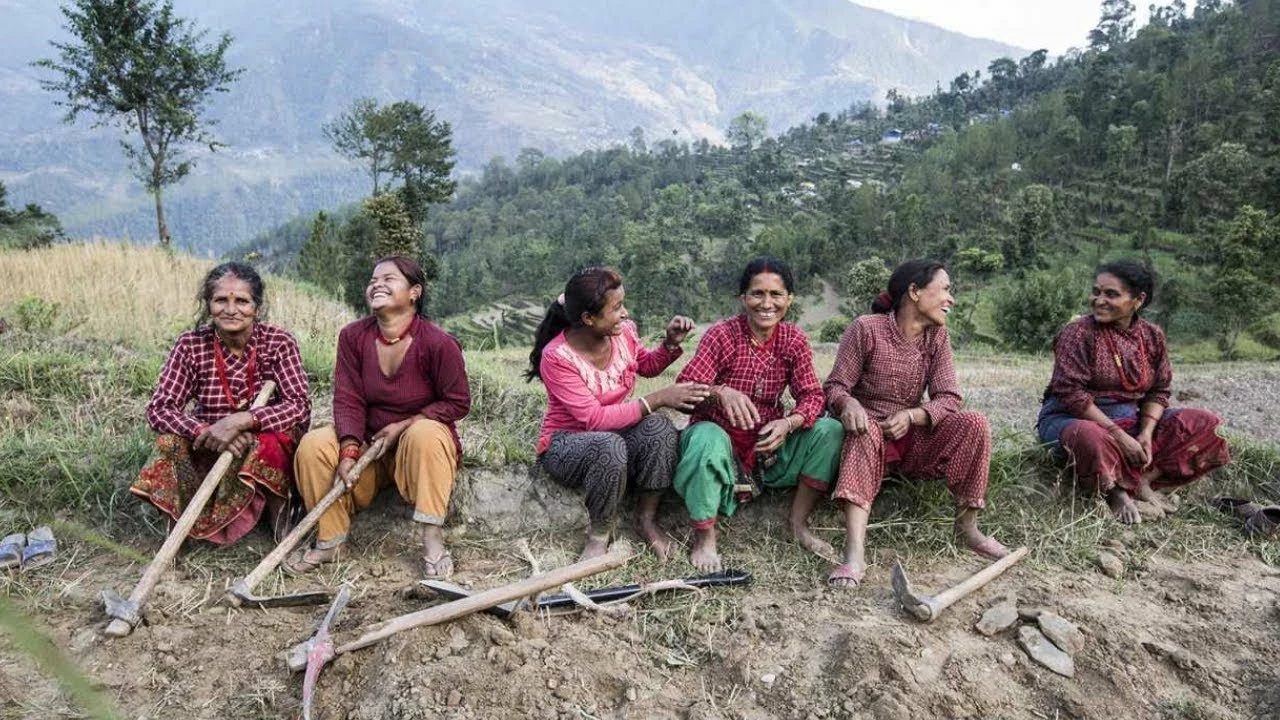Nepalese Lifestyle: What Daily Life Looks Like in the Himalayas
If you’ve ever wondered how people actually live in Nepal, you’re not alone. From sunrise tea on a terraced farm to evening chants at a local temple, the rhythm of life here blends old customs with modern needs. Below you’ll find the basics that shape a typical Nepali day, plus tips you can use if you’re visiting or just curious.
Food, Festivities, and Everyday Meals
Most Nepalis start the day with a bowl of dal bhat – rice, lentil soup, and a side of vegetables. It’s cheap, filling, and can be tweaked to suit any taste. In the cities you’ll also see noodles, momos (dumplings), and even pizza, but the staple stays the same. When a festival rolls around, the kitchen gets a makeover. During Dashain, families cook a mountain of meat, especially goat, and share it with relatives. During Tihar, sweets like sel roti and gundruk are passed around, and everyone exchanges gifts.
Food isn’t just about eating; it’s a way to bond. If you’re invited to a home, bring a small gift – maybe a fruit basket or a packet of tea – and you’ll be welcomed with open arms. Expect to sit on the floor, eat with your hands, and chat for hours. The conversation often drifts to stories about ancestors, local legends, or the weather on the climbing routes nearby.
Family, Community, and Social Life
Family is the core of Nepalese life. Many households still have three generations under one roof. Grandparents play a big role in teaching cultural values, while parents work in the fields, shops, or offices. Children help with chores, attend school, and spend their free time playing cricket or football in the streets.
Community events are frequent and inclusive. Village gatherings happen around the local temple or community center, where elders discuss village matters and younger people share new ideas. If a wedding comes up, expect three days of music, dance, and feasting. Even if you’re not a local, you’ll probably be invited to join in – and refusing can be seen as rude.
Transportation is simple in most towns: shared taxis, motorbikes, or walking. In the high mountain regions, people still rely on mules and footpaths. Despite the rugged terrain, the internet has reached many areas, so you’ll often see Nepalis scrolling on smartphones while sipping butter tea.
Education is valued, and literacy rates have risen sharply in the last decade. Schools in the cities follow a modern curriculum, while rural schools often combine schoolwork with agricultural lessons. Many young people move to Kathmandu or abroad for higher studies, then return to help their families.
Overall, a Nepalese lifestyle feels like a balance between the old and the new. You’ll see ancient prayer flags fluttering beside new coffee shops. You’ll hear traditional drums at a wedding and hear pop music on the radio. The key to fitting in is respect – respect for the land, the people, and the traditions that have kept this country thriving for centuries.
So whether you’re planning a trip, doing research, or just love learning about different cultures, keep these daily habits in mind. They’ll help you understand the heart of Nepal and make any interaction feel genuine.

What is it like to live in Nepal?
Living in Nepal is like having a constant party in your senses! Every day is a kaleidoscope of fragrant spices, vibrant colors, and chatter in dozens of languages. You'll find yourself hiking up mountains one day, and exploring ancient temples the next - it's like being in a real-life Indiana Jones movie! The people? Oh, they're the warmest, friendliest folks you'll ever meet, always ready with a smile and a cup of Chai. Nepal, with its rich culture, stunning sceneries and thrilling adventures, is like a spicy momo dumpling - full of surprises and absolutely delightful!
Read More